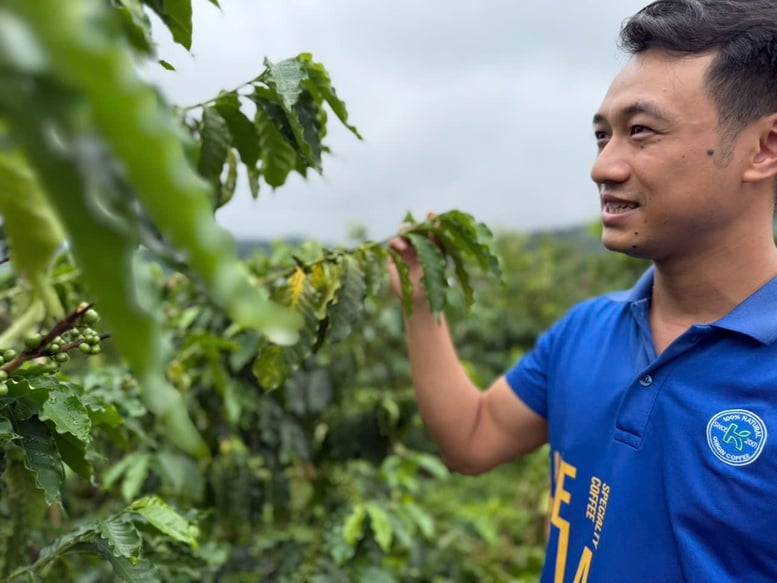
Many Vietnamese coffee brands are conducting research and creating organic raw material areas - Photo: VGP/Do Huong
New mark of coffee industry
Vietnam's coffee industry is making a strong impression in the first half of 2025 with an export turnover of 5.45 billion USD, far exceeding initial expectations and opening up prospects for a breakthrough this year. These impressive figures not only reflect the industry's resilience but also demonstrate the transformation in quality and added value, especially with the rise of specialty coffee. In fact, Vietnam has now begun to produce specialty coffee with prices one and a half to two times higher than the world average, marking an important turning point in the industry's development strategy.
Mr. Phan Minh Thong, Chairman of the Board of Directors of Phuc Sinh Joint Stock Company, emphasized the potential of specialty coffee from the Northwest region, especially Honey Process Coffee and Natural Process Specialty Coffee from Arabica coffee. These products possess unique flavors, acidity, sweetness, balance and outstanding purity, favored by customers in the EU, the United States and many other countries. "Thanks to their special attributes, specialty coffee not only increases added value but also creates a cultural story, attracting modern consumers," Mr. Thong shared.
Mr. Thong said that the remarkable improvement in the quality of Vietnamese coffee over the past decade is a key factor. Vinh Hiep Company Limited ( Gia Lai ) also made its mark when its export turnover increased by 48% in the first 6 months of the year, mainly thanks to deeply processed products such as instant coffee and roasted coffee, especially in the EU market. Mr. Thai Nhu Hiep, Director of the company, said: "The success comes not only from high coffee prices but also from the story of responsibility and transparency, meeting the strict standards of the demanding market".
However, the coffee industry still faces many challenges in the international market. The EU continues to be a key market, accounting for the majority of Vietnam's coffee exports. Mr. Tran Ngoc Quan, Trade Counselor in Belgium and the EU, recommends that businesses focus on differentiated product lines such as high-quality, deeply processed, certified and specialty coffee. This market is shifting strongly towards green consumption, with labor and environmental standards and transparent production processes. "Businesses need to quickly catch up with this trend to maintain their competitive advantage," Mr. Quan emphasized.
Mr. Nguyen Nam Hai, Chairman of the Vietnam Coffee and Cocoa Association (Vicofa), said that the strategic goal is not only output but also value addition and sustainable development. The industry aims to promote replanting, develop high-quality growing areas, apply certified production processes and increase the export rate of deeply processed products from the current 10% to 25-30% in the coming years. This requires adaptation to the EUDR, which requires traceability and elimination of deforestation-related issues after December 31, 2020. Although the EU has extended the implementation of the EUDR to December 30, 2025 for large enterprises and June 30, 2026 for small enterprises, this is still a big challenge but also an opportunity to improve standards.
According to information from the Ministry of Agriculture and Environment , the current coffee area is about 710,000 hectares, exceeding the planning, so further expansion is not encouraged. Instead, the orientation to 2030 is to adjust the scale down to 610,000-640,000 hectares, focusing on replanting old coffee trees with high-quality varieties and applying intensive farming techniques. In particular, the development of specialty coffee is set with the target area of 11,500 hectares by 2025, accounting for 2% of the total area, and increasing to 19,000 hectares by 2030, with an expected output of about 11,000 tons.
To cope with climate change – the cause of the 2024-2025 crop year’s output decreasing by 15-20% to 1.47 million tons – the Ministry encourages research on drought-resistant coffee varieties, the application of drip irrigation and regenerative agriculture models. At the same time, a data system for growing areas in districts such as Krong Nang, Cu M’gar (Dak Lak) and Di Linh (Lam Dong) has been deployed, ensuring that 100% of coffee areas have traceability and comply with the EU Deforestation Reduction Regulation (EUDR). The Ministry also promotes links between farmers, businesses and markets, building high-quality production chains associated with sustainable certifications such as 4C, UTZ, RFA.
Mr. Trinh Duc Minh, Chairman of Buon Ma Thuot Coffee Association, assessed that Vietnam is integrating well with the coffee industry thanks to its increasingly consolidated internal strength. People and businesses have behaved more professionally with the market, from production to promotion. The rise of specialty coffee, with prices one and a half to double the world average, is clear evidence.
To realize the aspiration of building a national brand, the Government needs to play a constructive role. Registering and protecting geographical indications such as "Buon Ma Thuot Coffee" in the international market is an important foundation. Trade promotion programs should shift from general promotion to telling the story of raw material areas, filter coffee culture and the sustainable journey of farmers. On the business side, investing in research and development (R&D) and working with farmers to build high-standard raw material areas is a key factor.
Products such as instant and specialty coffee not only add economic value but also strengthen international standing. However, challenges from climate change, traceability pressure and fierce competition require close coordination between the Government, businesses and farmers.
The Ministry of Agriculture and Environment, together with associations and businesses, is developing a comprehensive, long-term strategy. From replanting high-quality varieties, applying advanced technology, to promoting brands, all aim to bring the Vietnamese coffee industry to an expected revenue of 20 billion USD/year. With the current development momentum, Vietnam's "brown gold" is not only an agricultural product but also a symbol of sustainability and national identity in the global market.
Do Huong
Source: https://baochinhphu.vn/ca-phe-viet-nam-huong-toi-phan-khuc-cao-cap-102250718141737231.htm


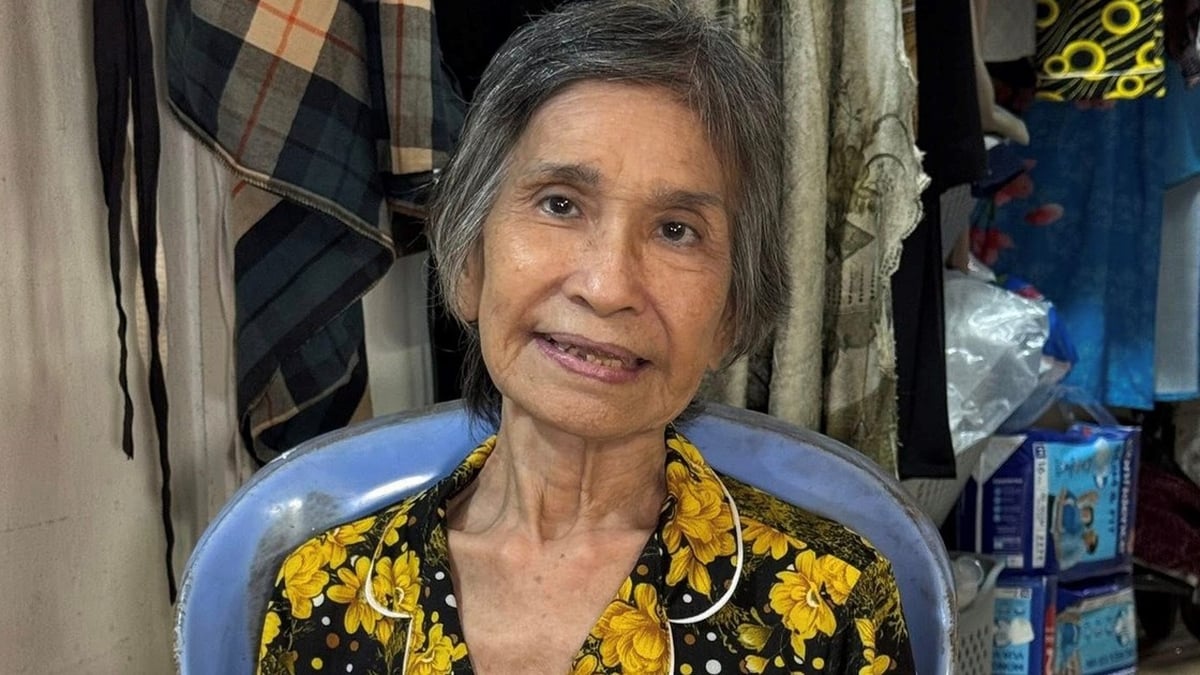
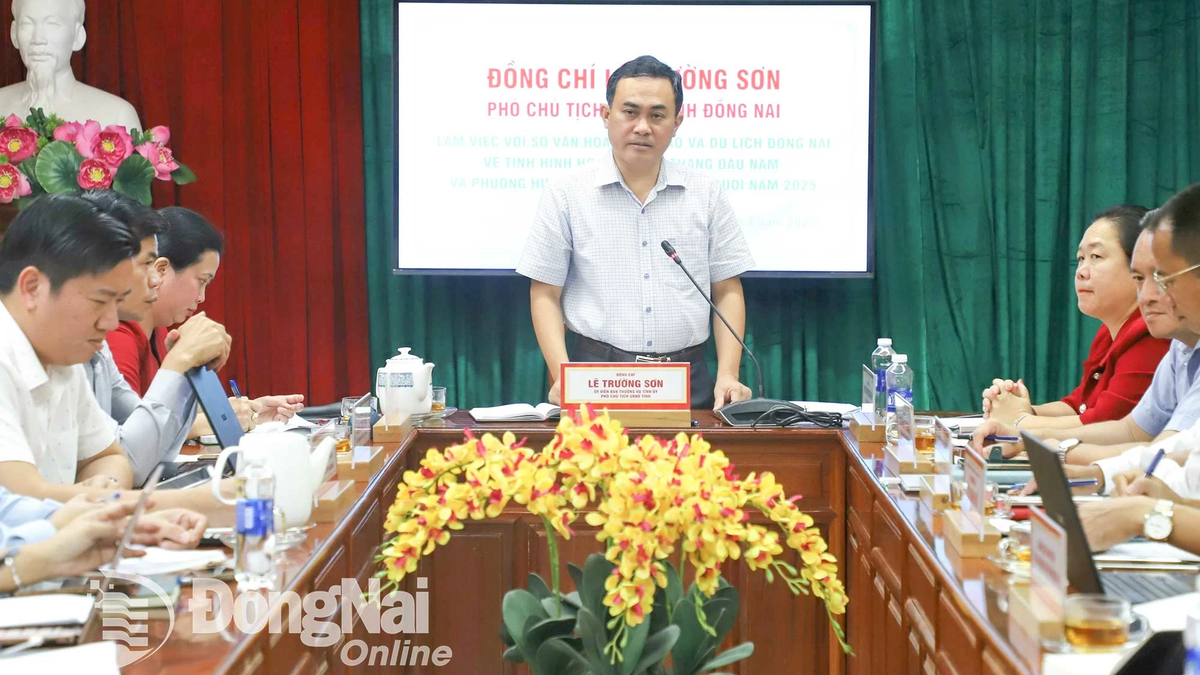

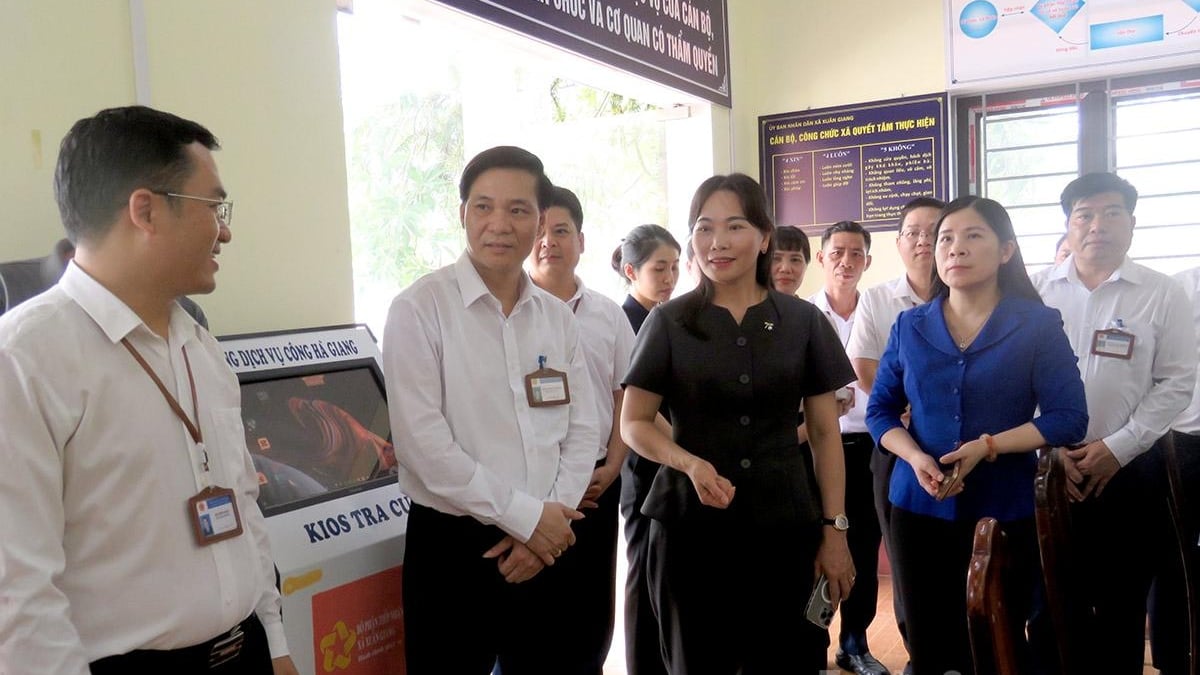

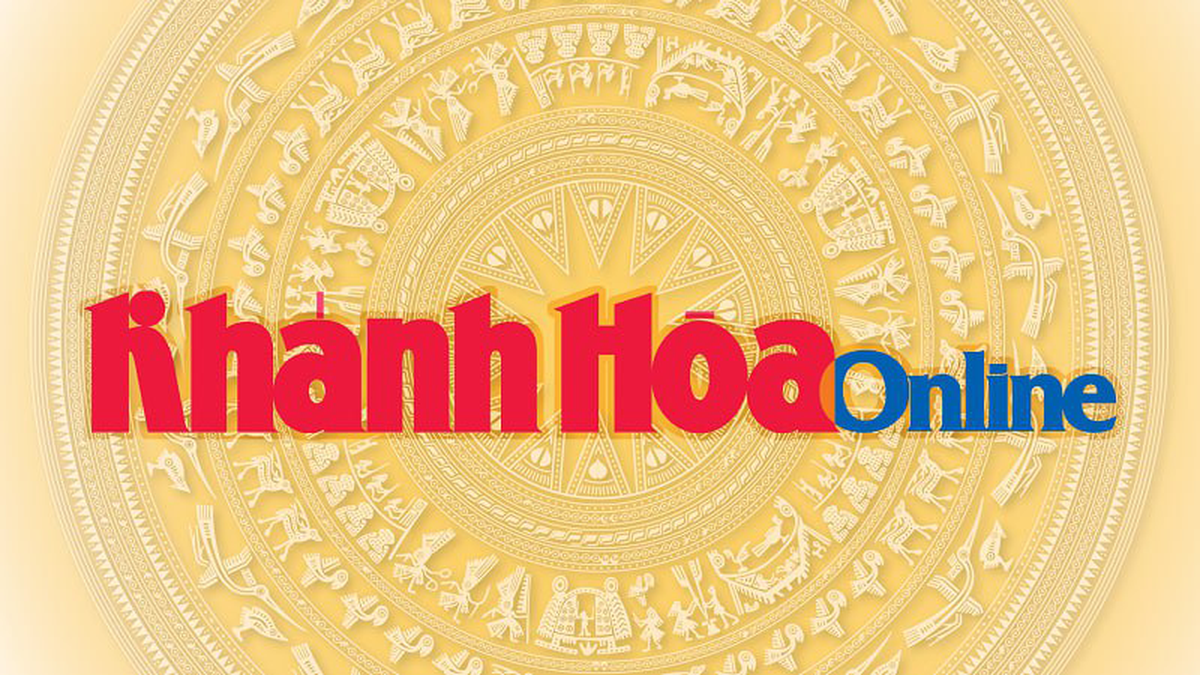
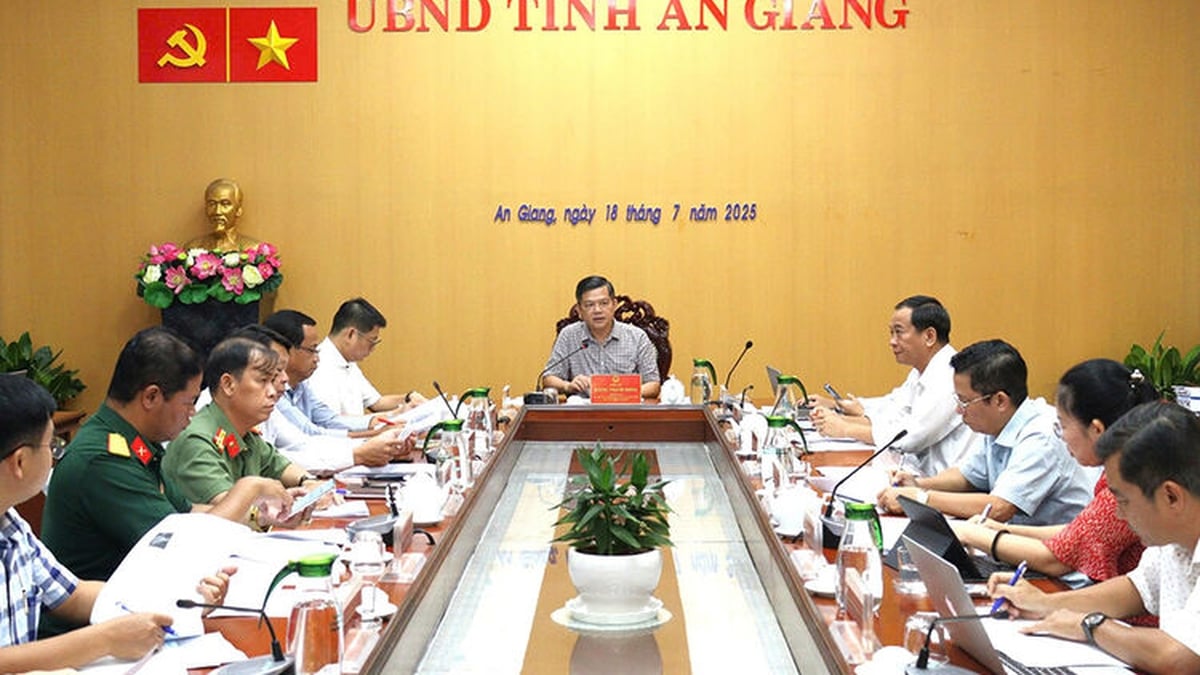
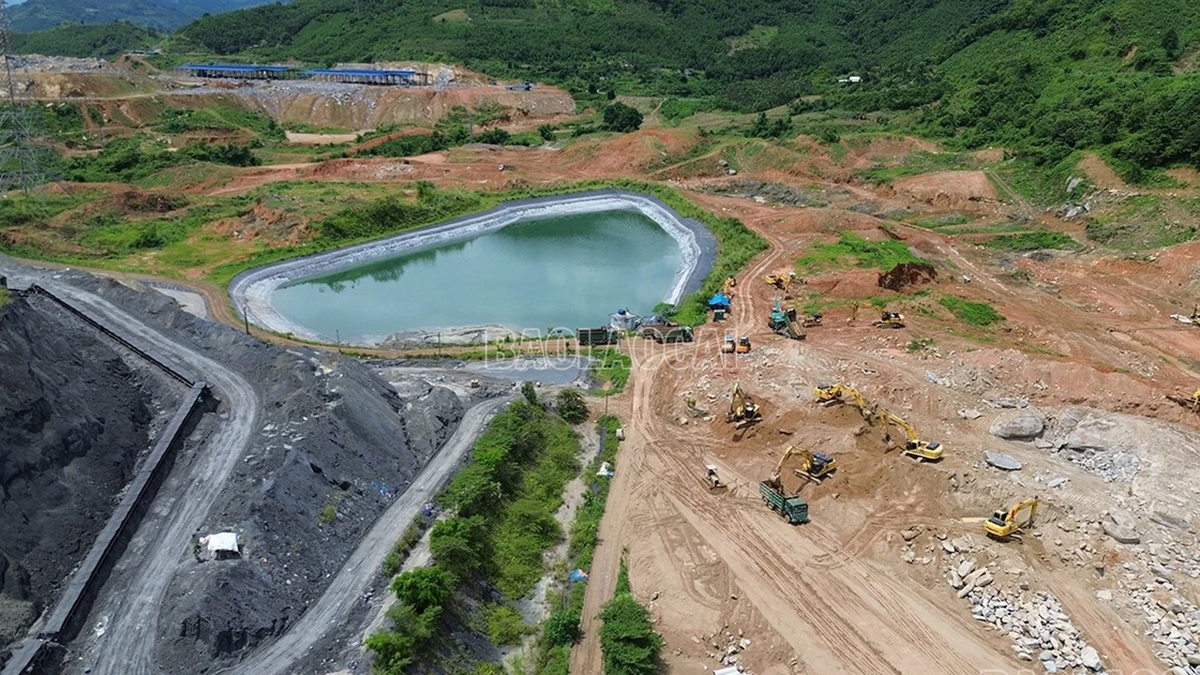


















































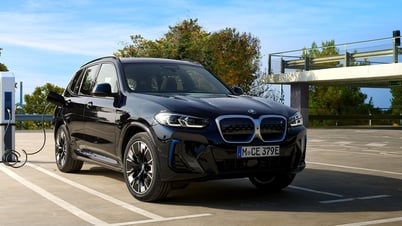

















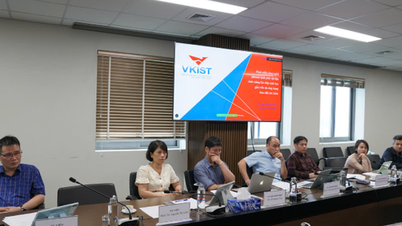
















![[Infographic] In 2025, 47 products will achieve national OCOP](https://vphoto.vietnam.vn/thumb/402x226/vietnam/resource/IMAGE/2025/7/16/5d672398b0744db3ab920e05db8e5b7d)





Comment (0)